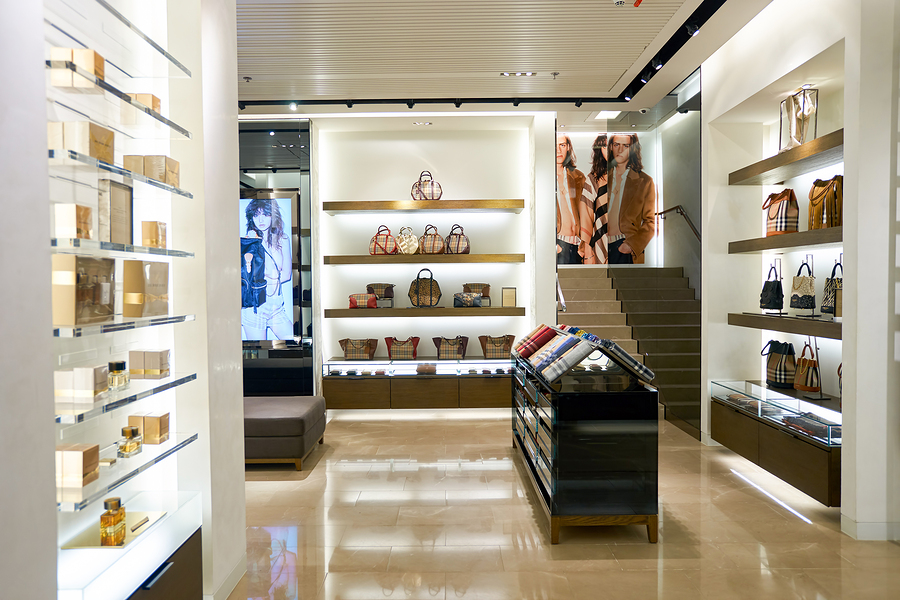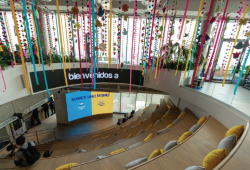In a market where excess stock threatens to overpower exclusivity, savvy luxury brands are orchestrating a strategic dance to gracefully part with their surplus inventory without compromising their esteemed reputation.
The once-booming luxury industry, riding high on the wave of pandemic-induced spending, is now navigating a more subdued terrain. According to Bain & Company estimates, sales in the sector soared by 15% in 2022 at constant exchange rates, only to witness a shift in consumer behavior as the year unfolded. Belt-tightening among U.S. shoppers and a European slowdown have set the stage for a growth rate in 2023 that is expected to be only half of the previous year’s achievements.
In the face of this deceleration, luxury brands find their boutiques, online platforms, and partner stores brimming with unsold treasures. MyTheresa, a leading online purveyor of luxury goods, laments facing “the worst market conditions since 2008,” with a staggering 44% increase in inventory compared to the previous year. Burberry, not to be outdone, is taking the proactive approach of repurchasing unsold products from department stores.
While mainstream fashion chains resort to deep discounts, luxury brands, guardians of their exclusive allure, eschew the high-pile, low-price strategy. Burning excess inventory, once a discreet practice, has fallen out of favor, with EU countries recently outlawing the incineration of fashion waste.
Luxury brands, recognizing the need to adapt, have diligently minimized discounts over the years. Prada, for instance, has significantly reduced its reliance on wholesale accounts since 2018, opting to exert control through its own stores. Gucci follows suit, maintaining discipline by halting discounts in its boutiques.
In this era of restrained discounting, luxury brands seeking an outlet for excess inventory are turning to off-price channels. These outlets, now responsible for 13% of luxury goods sales by value, offer a discreet means of offloading stock while preserving brand perception. The Bicester Collection, operated by Value Retail, exemplifies this trend, requiring brands to offer an average discount of 35% to secure a spot in their exclusive retail “villages.”
Navigating this landscape requires finesse, as luxury brands explore alternative avenues to clear stock and generate cash. Unofficial resellers have emerged as a backchannel solution, capitalizing on regional price gaps to profitably redistribute unsold goods. While brands attempt to curtail this practice through contractual stipulations, recent indications suggest a potential shift as brands themselves reach out to resellers, signaling a potential compromise.
The luxury industry’s history of snubbing bargain hunters faces a new test as unsold inventory accumulates. Yet, with strategic maneuvers and a flair for marketing finesse, luxury brands are poised to emerge victorious, ensuring that the allure of exclusivity remains intact even in the face of market challenges.
French Luxury Dominates
In 2022, the global landscape of luxury brands showcased a clear dominance of French fashion houses, as evident from the brand values of the top 10 most valuable luxury brands. Louis Vuitton from France emerged as the indisputable leader with a staggering brand value of 124,273 million U.S. dollars, reinforcing its position as a symbol of opulence and style. Following closely, Hermès, another French luxury brand, secured the second spot with a substantial brand value of 80,323 million U.S. dollars, underlining the enduring appeal of French craftsmanship in the luxury market. Chanel, also hailing from France, claimed the third position with a brand value of 53,021 million U.S. dollars, showcasing the strong influence of French haute couture on global luxury preferences. Notably, the list also featured iconic Italian brands such as Gucci and Prada, emphasizing the enduring international allure of Italian fashion. The United Kingdom’s Rolex stood out as the sole representative outside France and Italy, highlighting the brand’s timeless reputation. Overall, this ranking emphasizes the continued global prominence of traditional European luxury brands, with French fashion houses leading the way in defining and shaping the luxury market in 2022.
Read more:
Is poinsettia toxic for dogs and cats? Symptoms that cause alert
Gemini, Google’s new Artificial Intelligence explained in 5 key facts
McDonald’s is launching a new restaurant concept called CosMc’s












